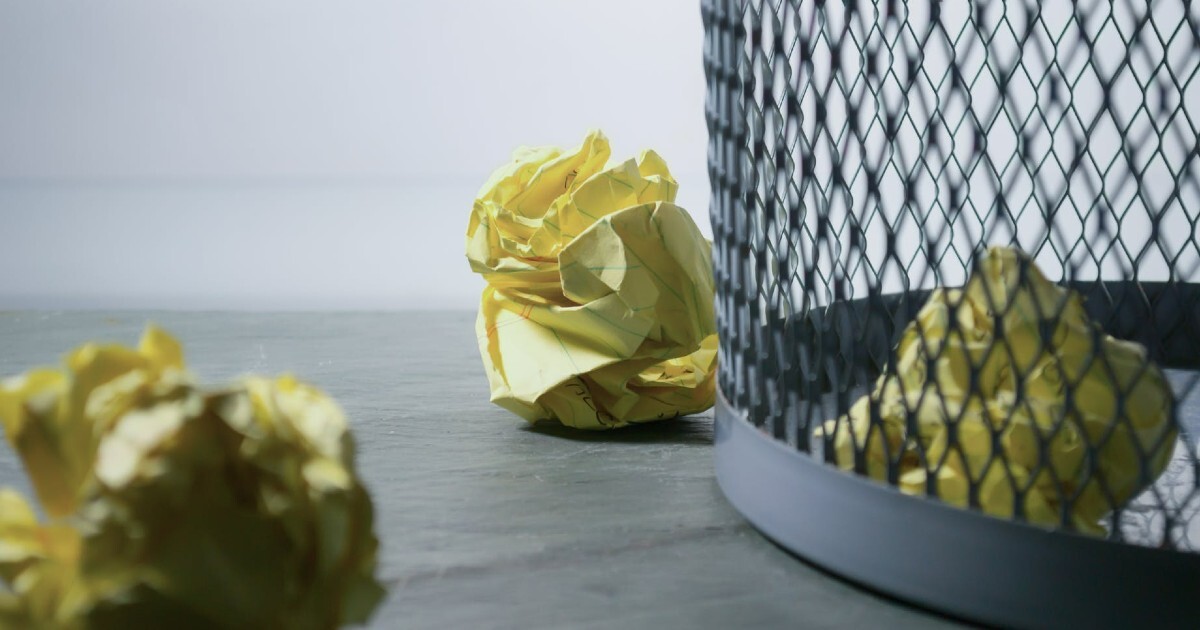In the previous article, we discussed how it is getting longer to complete a trademark registration in South Korea due to the increasing number of trademark applications in recent years, and how we can fasten the process by using the expedited examination system. This probably can be explained that the KIPO is flooded with increasing demand for trademark applications, and it is taking longer to review the applications.
This time, we used our data and statistics and studied this tendency more in depth. Not only we analyzed the time to first office action, we also studied the trend in the number of office actions disposal, and also the registration decision rate after receiving an office action.
Through our analysis, we corroborated that there has been an increase in the time from trademark application to the first OA in the last few years. From 2019 to 2020, there was an increase of approximately 2 months from 5.9 to 7.5 months in the time from trademark application to first office action. But that is not all, we also observed a decrease in the disposal of office actions between 2019 and 2020. While around 96,000 cases were reported with the first OA in 2019, the number fell to 83,000 in 2020, which is a 14% reduction. Furthermore, the registration decision rate after submissions of first and second OAs decreased dramatically by 17% and 25% respectively during the last year.
While the number of trademark applications are increasing more than ever, why is the KIPO spending longer time in examination and reviewing less cases than before, resulting in a drop in registration decision rate?
As much as reducing the examination time is important, a thorough examination is also crucial.
We should remember that although reducing the examination time is important, a thorough examination is also crucial. In fact, the KIPO has stated that they are spending much effort on managing the quality of examinations, as much as they are attempting to reduce the examination time. Reduction in examination time would be an important issue for applicants for sure, but if the quality of examination is hindered, it would eventually lead applicants to be unsatisfied. As KIPO examiners are studying each of the applications in more detail, what should trademark applicants consider to avoid rejection?
What should trademark applicants consider to avoid rejection?
In order to figure out what strategy applicants should establish to avoid rejection, we have analyzed data of trademark rejection causes during office actions. Interestingly, the overwhelming majority of rejection cases quoted the same Articles of the Korean Trademark Law, which were Article 34, Paragraph 1 (7) and Article 38, Paragraph 1. A vast majority of 25% cited Article 34, Paragraph 1 (7), which refers to trademarks that are similar to an existing one. The second biggest cause of trademark OA rejections were quoting Article 38, Paragraph 1, which amounted to 15%. The Article referred to cases which the trademark has designated an unclear class at the time of filing.
As the KIPO defines a trademark as “all sensible methods of expression used to distinguish one's goods from those of another'', it is essential for a trademark to be distinctive to be registered. Therefore, if your trademark is similar to an existing one or is likely to cause confusion to consumers, it will be rejected upon examination. Furthermore, if the trademark filed has not designated a proper class in the application stage, it can be rejected due to indistinctiveness. Though taking administrative approaches such as applying for an expedited examination would also be a strategy for prompt trademark registration, what should come first is conducting a proper trademark clearance search and selecting the appropriate class of trademark to avoid possible rejections.





.jpg)
